
6 Early Cancer Warning Signs in Children: Parents Need to Know Early to Save Their Child
Cancer is one of the leading causes of death worldwide, and although it is more common in adults, it can affect children as well. Pediatric cancer is often more difficult to detect because its symptoms can resemble those of common childhood illnesses. However, early detection of cancer in children can significantly improve the chances of successful treatment and recovery. As parents, it's essential to recognize the subtle signs and symptoms that might point to cancer in children. Early diagnosis can make a huge difference in a child’s life. Below are six warning signs of cancer in children that every parent should be aware of.
1. Unexplained Weight Loss
Sudden and unexplained weight loss is one of the most common signs of cancer in children. If your child starts losing weight without any change in their diet or activity level, it could indicate an underlying health issue, including cancer. This weight loss can occur due to the body’s efforts to fight cancer or as a result of a tumor affecting the body's ability to absorb nutrients properly. If weight loss is coupled with a loss of appetite or difficulty eating, it is especially concerning and should not be ignored.
2. Persistent Pain or Headaches
While children often experience pain, persistent or unexplained pain could be a sign of something more serious. One of the more common signs of cancer in children is headaches that don’t go away. These headaches may be accompanied by other symptoms such as nausea, vomiting, or changes in vision. Brain tumors can often present in this way, as the tumor puts pressure on the brain, leading to continuous discomfort. If your child complains of frequent headaches that persist for several days or weeks, you should consult a doctor immediately.
3. Unusual Bruising or Bleeding
Frequent and unexplained bruising or bleeding is another red flag for childhood cancers such as leukemia. Leukemia is a cancer of the blood and bone marrow, and one of its symptoms is easy bruising and excessive bleeding. Children with leukemia may also have pale skin, frequent nosebleeds, or red spots on their skin, known as petechiae. If you notice that your child is bruising easily or bleeding more than normal, this could be a sign of leukemia or another blood disorder, and immediate medical attention is needed.
4. Abnormal Lumps or Swelling
Any abnormal lump or swelling in a child’s body should be investigated. Lumps that grow over time, are painful, or are in unusual locations could be indicative of tumors or cancers such as lymphoma or solid tumors in areas like the abdomen, neck, or chest. Swelling in the lymph nodes, or any lump that doesn’t go away, especially in the neck, armpits, or groin, should be checked by a doctor. Tumors can sometimes cause swelling that is not visible at first, so parents should also feel for unusual lumps during routine health checks.
5. Persistent Fever or Infections
A child who experiences persistent fevers that don’t respond to typical treatments, or frequent infections, could have an underlying cancer, particularly leukemia. Fever is a common symptom of many cancers, and it often persists without any apparent cause. Cancer cells in the body can weaken the immune system, making children more susceptible to infections. If your child has a fever that lasts for several days, especially if combined with other symptoms like fatigue or pallor, it’s important to seek medical advice.
6. Unexplained Fatigue and Pale Skin
Fatigue that doesn’t improve with rest can be an alarming sign of childhood cancer. If your child is constantly tired, has difficulty getting up in the morning, or seems to have less energy than usual, it could be a sign of leukemia, anemia, or other cancers. This fatigue is often accompanied by pale skin and an overall lack of interest in activities they once enjoyed. If your child’s fatigue is unusual and persists for weeks or months, it’s crucial to have them evaluated by a healthcare professional.
Conclusion
While many of these symptoms can be attributed to common childhood illnesses, it is essential for parents to remain vigilant and seek medical attention if any of these warning signs persist. Cancer in children, though rare, can be much more treatable when caught early. As parents, it is crucial to trust your instincts and seek medical advice if your child exhibits any of the above symptoms. Early diagnosis and intervention are key to improving the chances of successful treatment, and by recognizing the warning signs early, you may be able to give your child the best possible chance for recovery. Always remember: if you have any concerns, it’s better to seek help sooner rather than later.
News in the same category


How to Use Rice Water for Gorgeous Hair and Skin (Detailed Instructions)

Beware: U.S. Salmon May Be Crawling with Japanese Tapeworm, Say Scientists
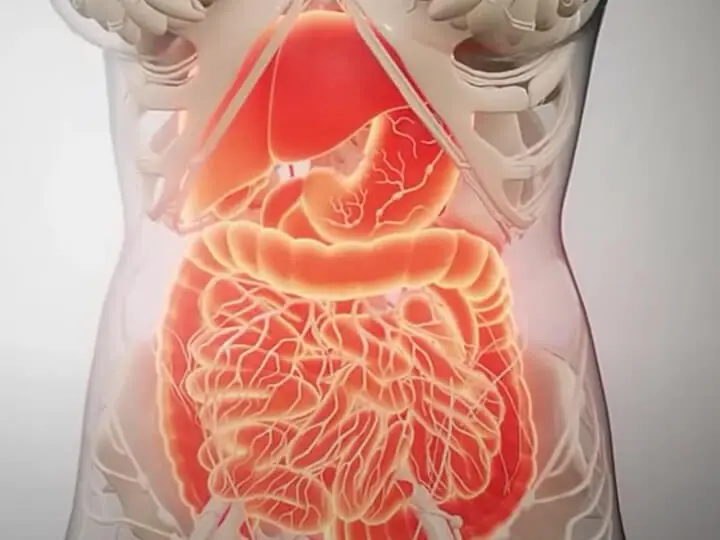
Colon Cleansing: How to Naturally Flush Your Colon at Home (Science-Based)

3 Morning Symptoms That May Signal the Onset of Canc3r
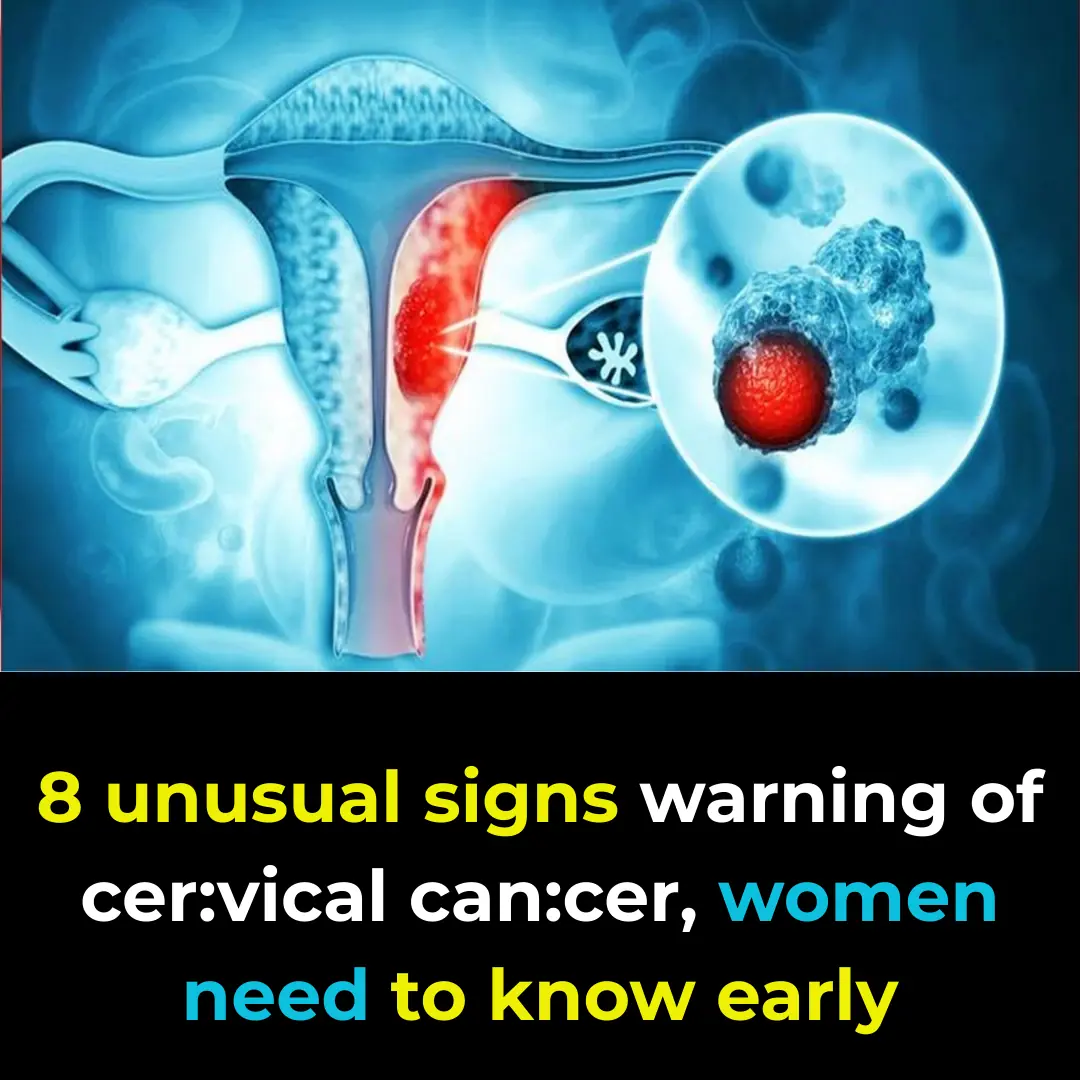
"8 abnormal signs warning of c3rvical canc3r that women need to recognize early"
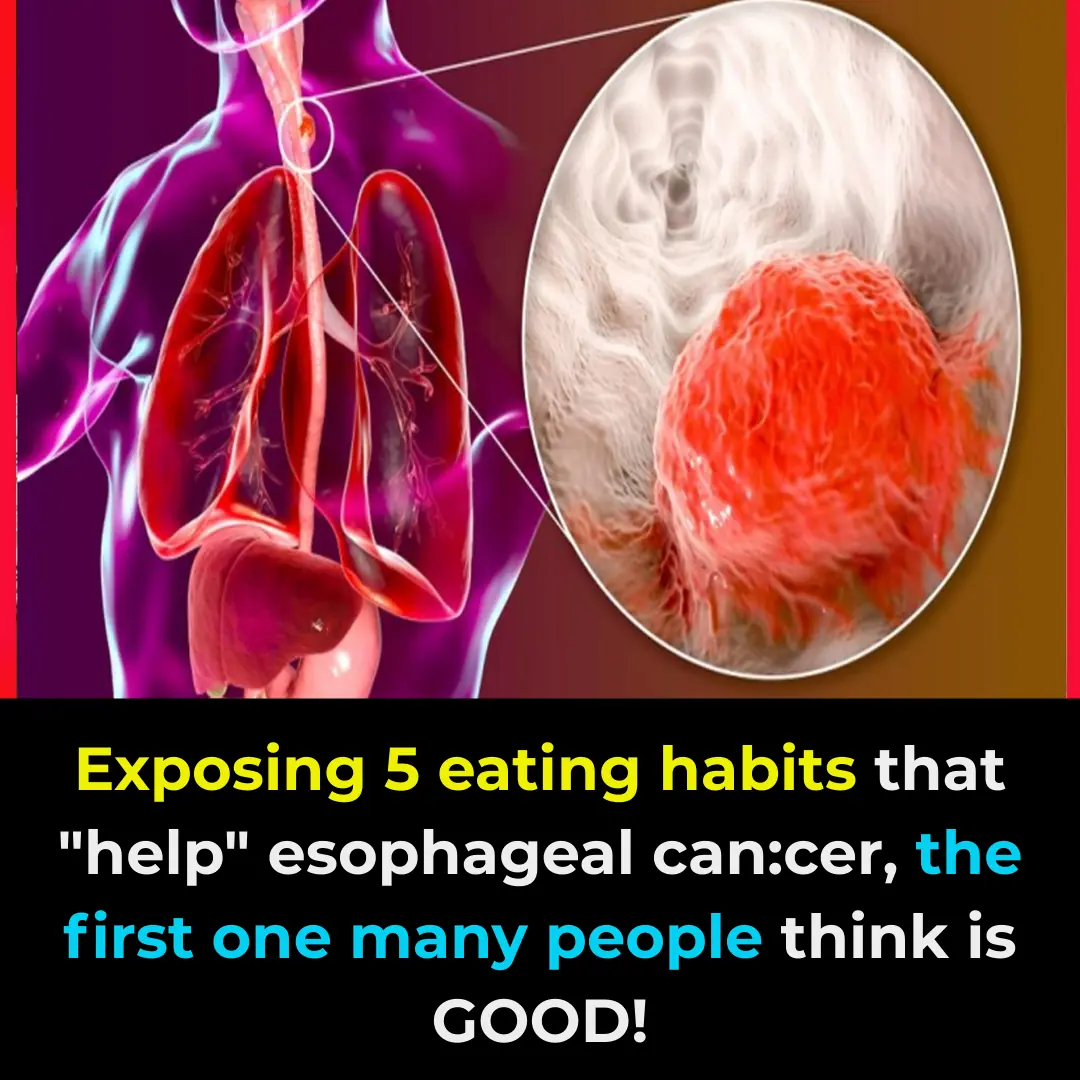
If you don’t correct these 5 harmful eating and drinking habits right away, sooner or later your esophagus will also be “ravaged” by cancer cells.

If Your Feet Swell It Is a Clear Sign

Nose Picking What This Taboo Habit Really Reveals About Us
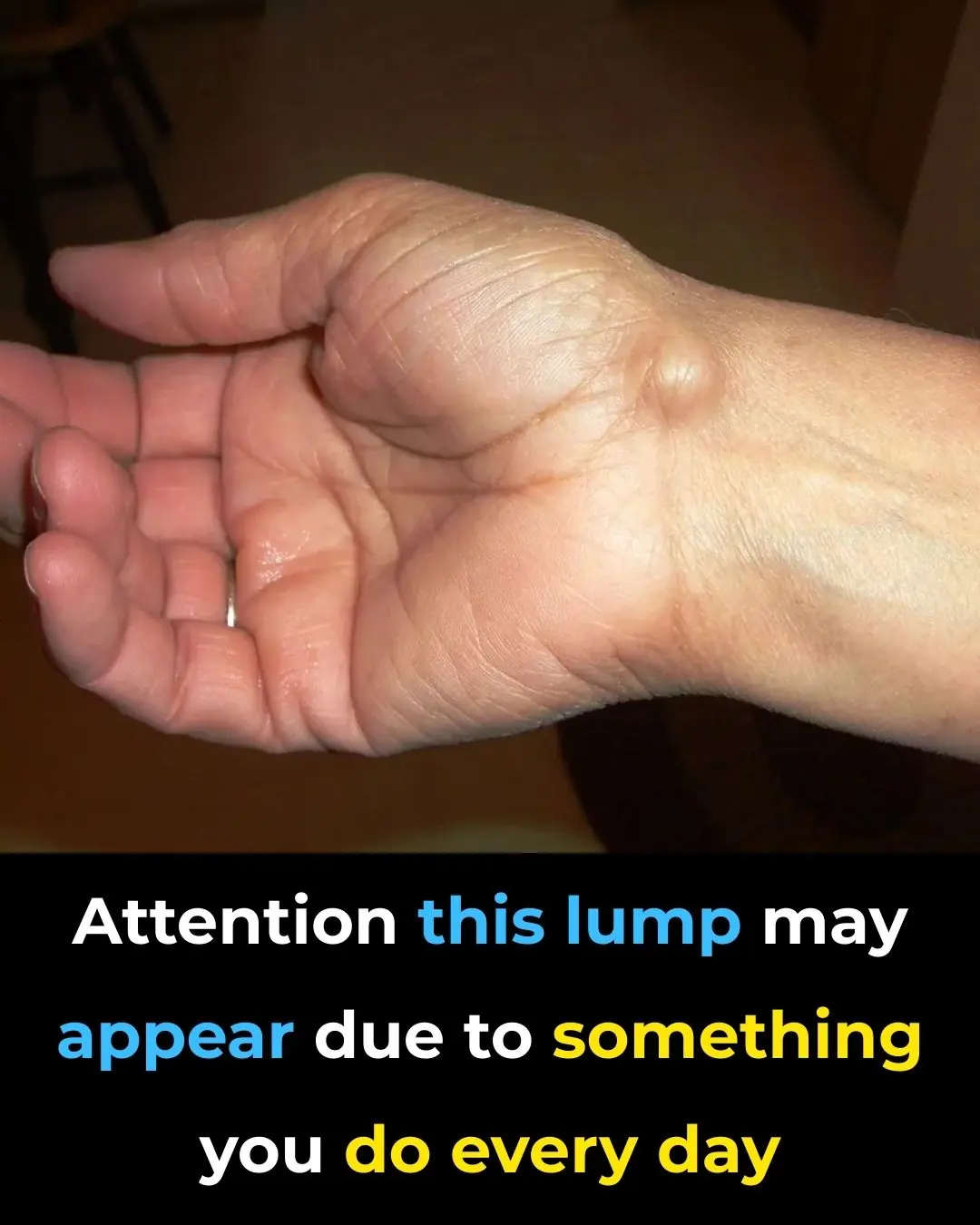
Everyday Habits That Can Cause a This Issue To Your Hands

Why Liver Cancer Is Often Detected Late – Important Warning Signs You Shouldn’t Ignore
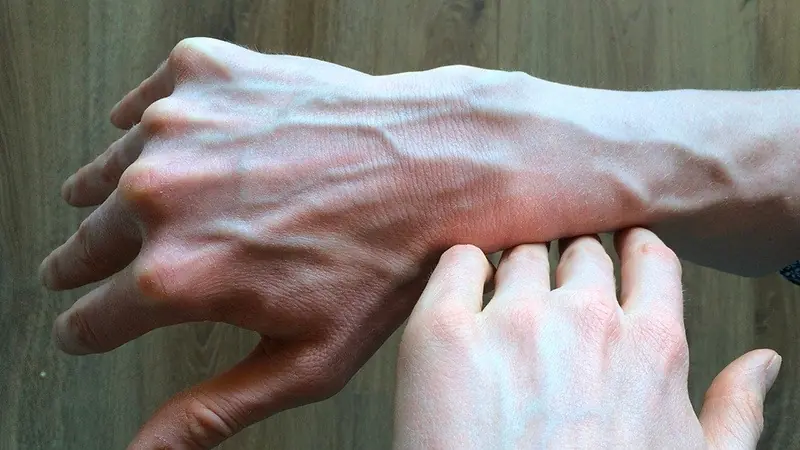
If You See Someone with Prominent Green Veins, Make Sure to Tell Them This – It Could Save Their Life

How to Safely Remove Super Glue (502) from Your Skin Without Tearing It
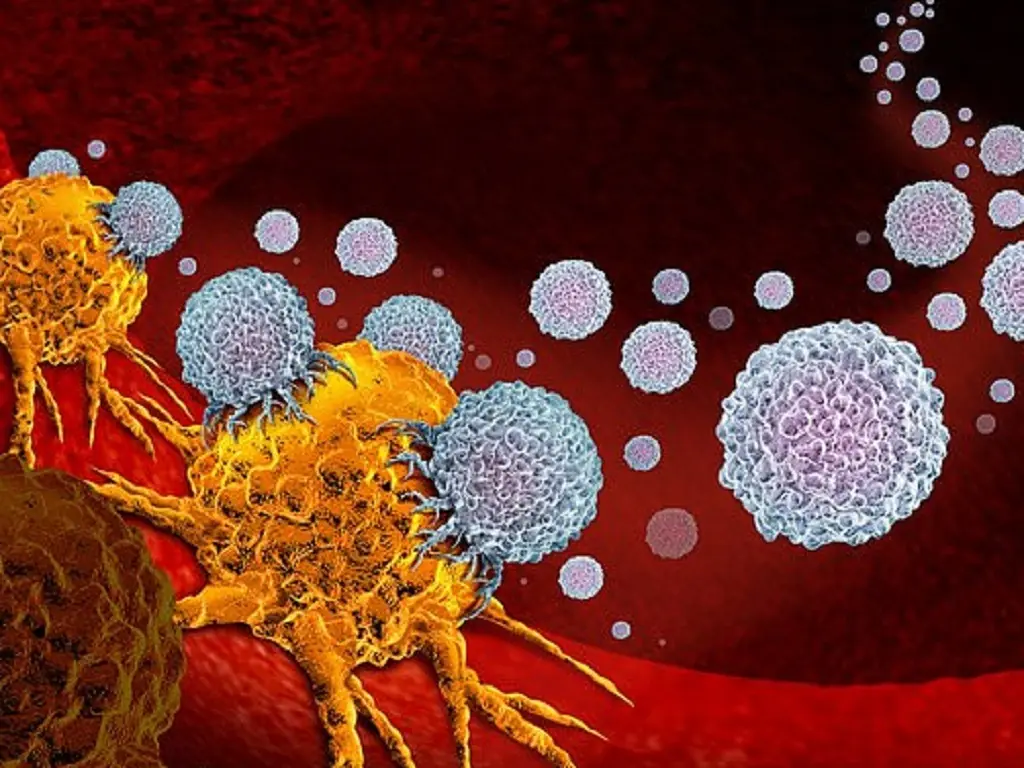
3 Unusual Signs in the Neck That Could Be Symptoms of Cancer – Don’t Ignore Them!

Consciousness Is Not Confined to the Brain, But Is Connected To The Whole Universe, Scientists Say

Study Finds People With ADHD Listen to Music Differently—Here’s How

Can I Get My Metabolism Back After Stopping Lexapro and Prozac?

8 Foods High in Inulin to Eat for Better Gut Health

Proven Health Benefits and Uses of Thyme and Thyme Tea

Proven Health Benefits of Walnuts, How Many to Eat, and More (Science Based)
News Post

Why Your Legs Cramp at Night (And How to Fix It)

How to Use Rice Water for Gorgeous Hair and Skin (Detailed Instructions)

Beware: U.S. Salmon May Be Crawling with Japanese Tapeworm, Say Scientists

The Benefits of Chicken Feet Stewed with Black Beans – As Powerful as Ginseng

There are many cuts of beef, but only these 3 are considered the true “essence” – both chefs and butchers wholeheartedly agree!

Colon Cleansing: How to Naturally Flush Your Colon at Home (Science-Based)

Put this into a lemon and place it in the corner of your house – mosquitoes will stay away for good

3 Morning Symptoms That May Signal the Onset of Canc3r

"8 abnormal signs warning of c3rvical canc3r that women need to recognize early"

If you don’t correct these 5 harmful eating and drinking habits right away, sooner or later your esophagus will also be “ravaged” by cancer cells.

Is Your Air Conditioner Outdoor Unit Making Loud Grinding Noises? Use This Simple Trick to Make It Run Quietly Without Calling a Technician!
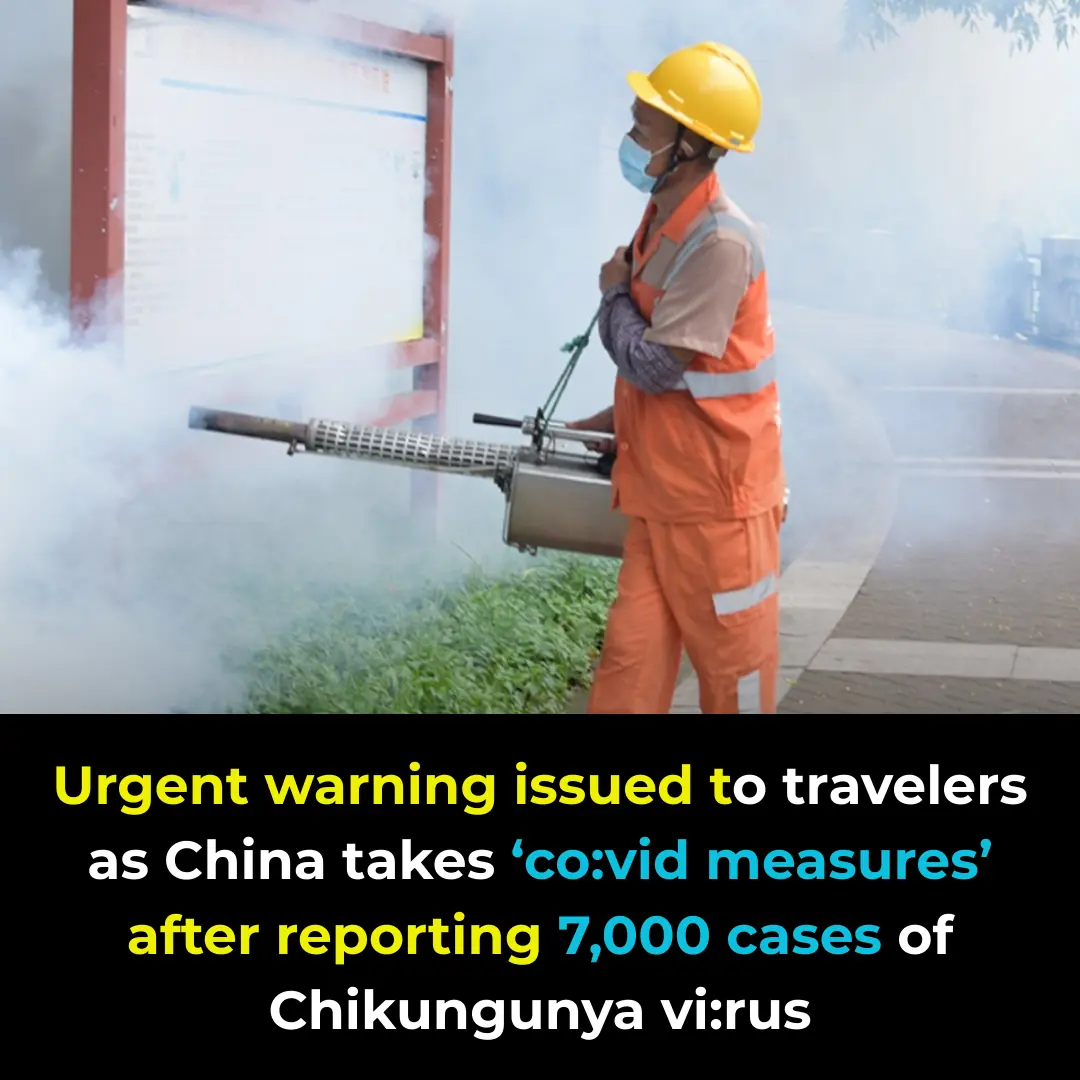
Urgent warning issued to travelers as China takes ‘covid measures’ after reporting 7,000 cases of Chikungunya virus

3 Effective Ways to Prevent Snakes from Entering Your Home Everyone Should Know to Protect Their Family

Signs to look out for amid Gordon Ramsay's health warning after undergoing cancer surgery
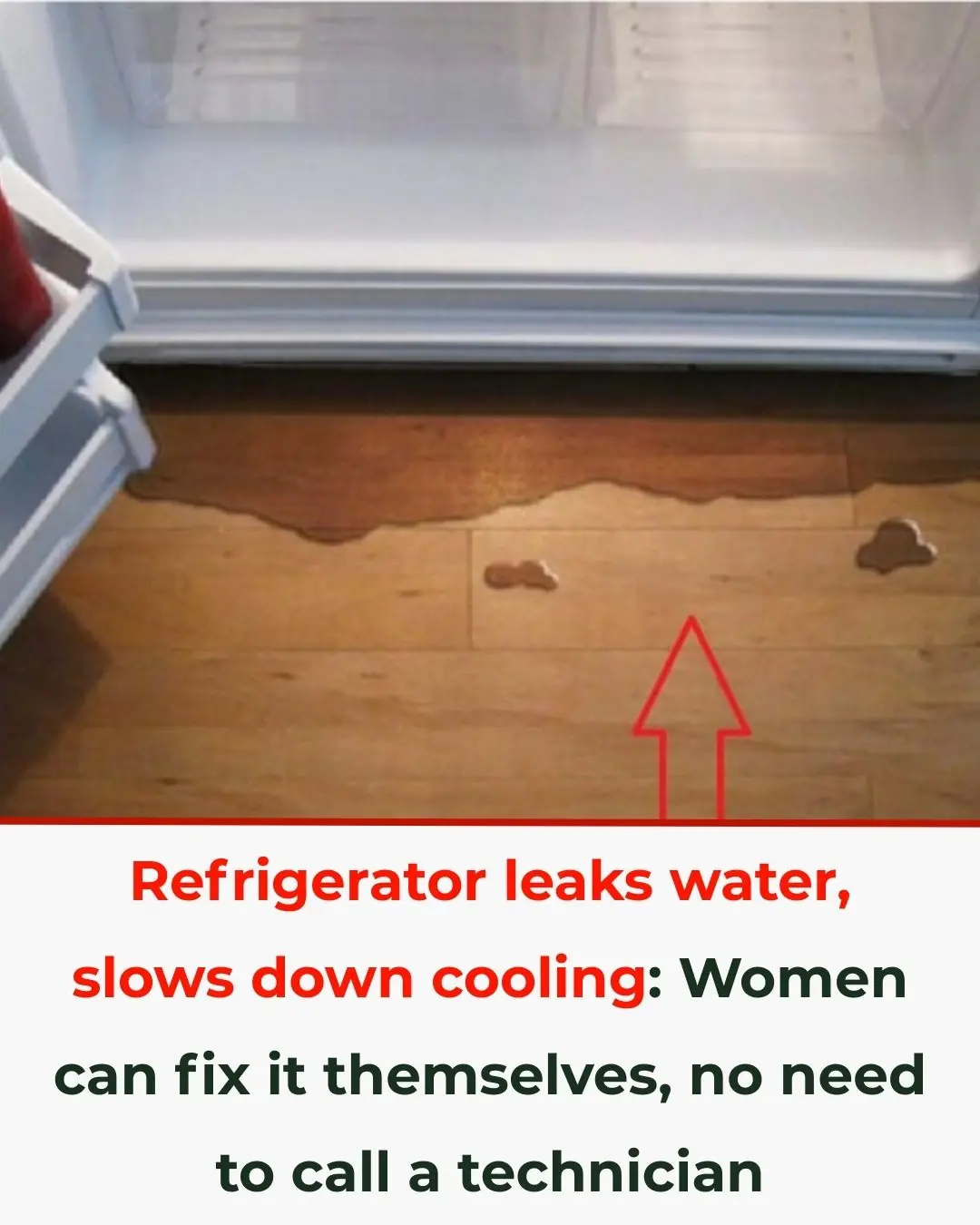
How to Handle Common Refrigerator Problems and a Surprising Lesson from American Toilet Habits

If Your Feet Swell It Is a Clear Sign

Why Doors in Public Bathrooms Don’t Reach the Floor

Nose Picking What This Taboo Habit Really Reveals About Us

Everyday Habits That Can Cause a This Issue To Your Hands
